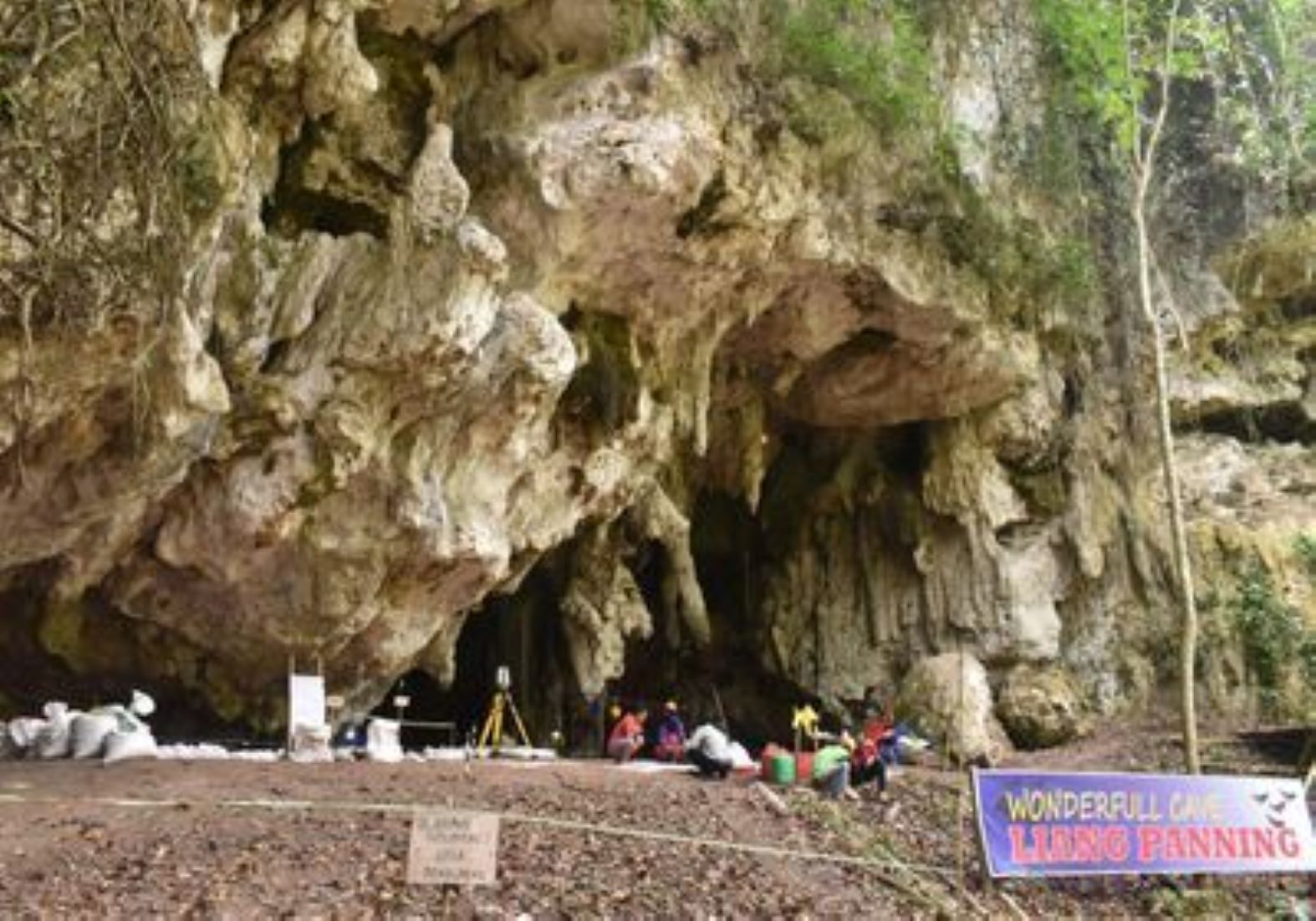CANBERRA, Jul 20 (NNN-AAP) – Researchers have discovered signs of human occupation in Indonesia, over 40,000 years ago, which they say, offer new clues about early migration through the region.
In a new study, a team from the Australian National University (ANU), found evidence of human occupation on Indonesia’s south-eastern Tanimbar Islands – also called Timur Laut – dating back 42,000 years, including pottery fragments and bones.
Hendri Kaharudin, lead author of the study and ANU PhD candidate, said, the location of the discovery offered new insights into the migratory route taken by some of the first humans to arrive in the region.
The Tanimbar Islands are located in the Arafura Sea, to the east of Timor, west of New Guinea and north of Australia. The islands lie off the Sahul continental shelf, which encompasses Australia and New Guinea.
Kaharudin said, the arrival of early humans in the region from Southeast Asia was a captivating question, because of the advanced seafaring skills that would have been required.
“There are two main routes that have been explored as possibilities, since the mid-20th century – a northern path via islands like Sulawesi, and a southern track passing near Timor and the Tanimbar islands,” he said in a media release, today.
“This discovery marks one of the southern route’s earliest known sites, making it a crucial piece of the puzzle.”
The research, which was conducted in collaboration with Indonesia’s National Research and Innovation Agency, suggests that, the early colonists had developed advanced maritime technology 42,000 years ago, to traverse bodies of water exceeding 100 km in distance.
Kaharudin said, it was clear that the migration to the Sahul shelf occurred in successive waves of seafaring populations, rather than in one single major event.– NNN-AAP






